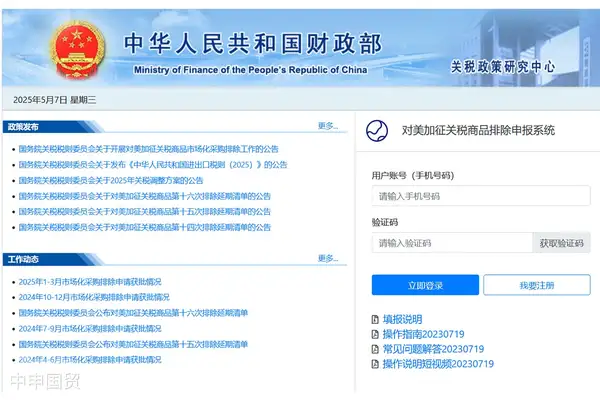- Shanghai Zhongshen International Trade Co., Ltd. - Two decades of trade agency expertise.
- Service Hotline: 139 1787 2118
Against the backdrop of global energy transition, the U.S.photovoltaicindustry is experiencing rapid development. According to the latest data, 2023 is poised to be a record-breaking year for large-scale ground-mounted solar projects in the U.S. So, what is driving this significant growth?
Significant growth in installed capacity
Role of Stimulus Policies:The latest report from Berkeley Lab shows that as of August 2023, large-scale ground-mounted solar installations in the U.S. reached 8.4GW, a 50% year-on-year increase. This achievement is closely tied to the effects of the Inflation Reduction Act (IRA).
Historical Pressure:Despite the anti-dumping/countervailing duties (AD/CVD) and UFLPA exerting some pressure on last years installations, the U.S.solarindustry has demonstrated strong resilience and growth potential.
The rise of thin-film technology
Contributions from First Solar:Last month, U.S. cadmium telluride thin-film manufacturer First Solar broke ground on its fifth production plant in the country, driving the development of thin-film solar modules in the U.S. market.
Tariff Advantages:From a developers perspective, part of this technologys appeal lies in its exemption from many import tariffs since it does not use polysilicon.
The proliferation of tracking mounts
Efficiency and Cost:Tracking mount technology has gained popularity due to its improved efficiency. Moreover, the premium for this technology has declined in recent years, making its application in new projects more cost-effective.
Geographical Advantages:In high-irradiance regions—where the proportion of solar irradiance per unit area is greater—the benefits of tracking technology are most pronounced. Tracking can increase the AC capacity factor of PV projects by an average of four percentage points.

Changes in regional deployment
The Concept of Energy Communities:In recent years, PV project deployment has gradually shifted to energy communities, areas traditionally reliant on fossil fuels. Projects in these regions qualify for additional tax credits, further boosting solar industry growth.
Investment Incentives:Under the IRA, projects in these regions are eligible for additional investment and production tax credits. This provides developers with greater investment incentives, further driving solar development in these areas.
The need for grid upgrades
Power curtailment issues:To address the growing photovoltaic power generation, grid upgrades have become an urgent issue. Power curtailment incidents in California and Texas demonstrate that substantial investments in grid infrastructure are needed to meet future electricity demands.
Long-term investment perspective:A report released last month by consulting firm DNV stated that by 2050, potential investment opportunities in U.S. grid infrastructure and renewable energy could reach $12 trillion, with grid capacity needing regular annual increases to meet electricity demand.
The above content is sourced from PV-TechZhongShen International TradeAs a one - stop importExport Representationservice provider, it can provide customizedimport and exportSolution. If you needforeign tradeFor import and export agency services, please feel free to contact our company for business inquiries. The consultation hotline is 139 - 1787 - 2118.
Related Recommendations
? 2025. All Rights Reserved. Shanghai ICP No. 2023007705-2  PSB Record: Shanghai No.31011502009912
PSB Record: Shanghai No.31011502009912










